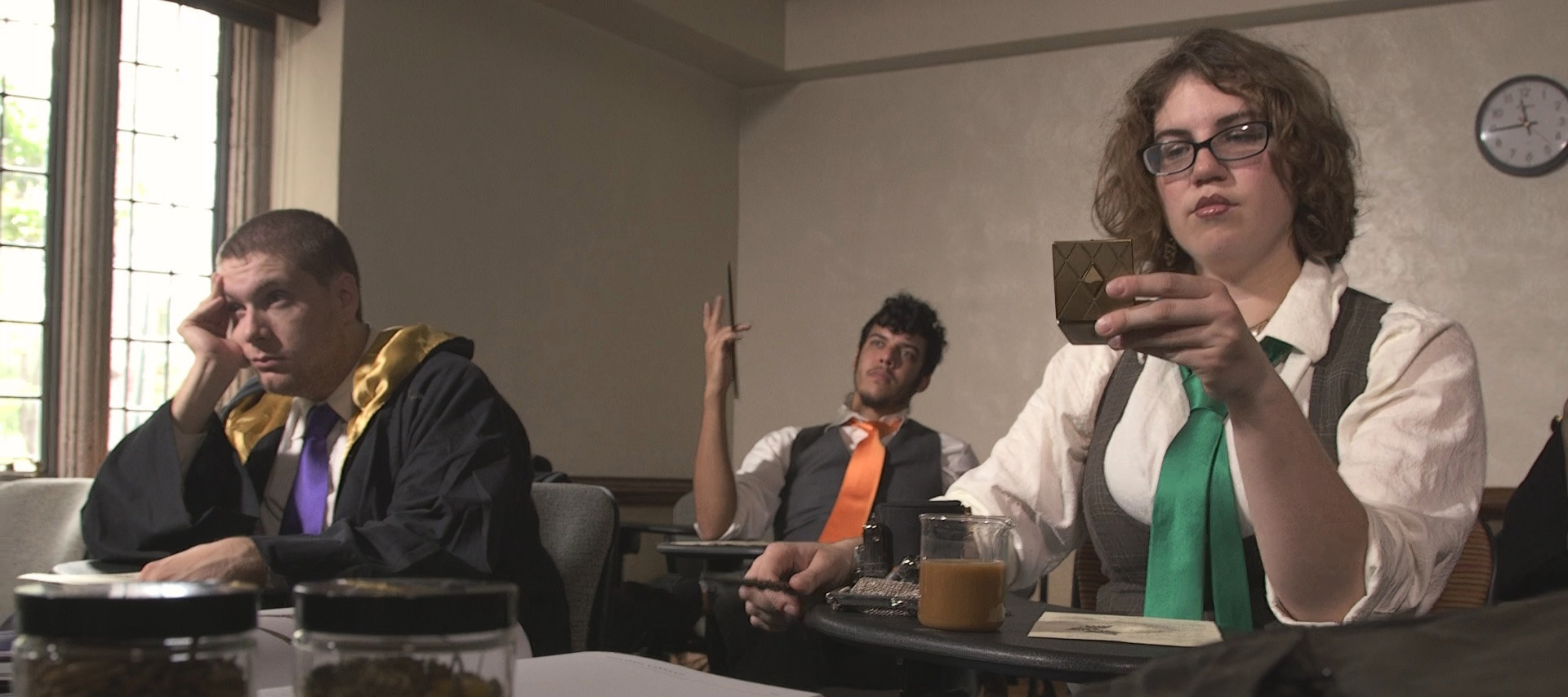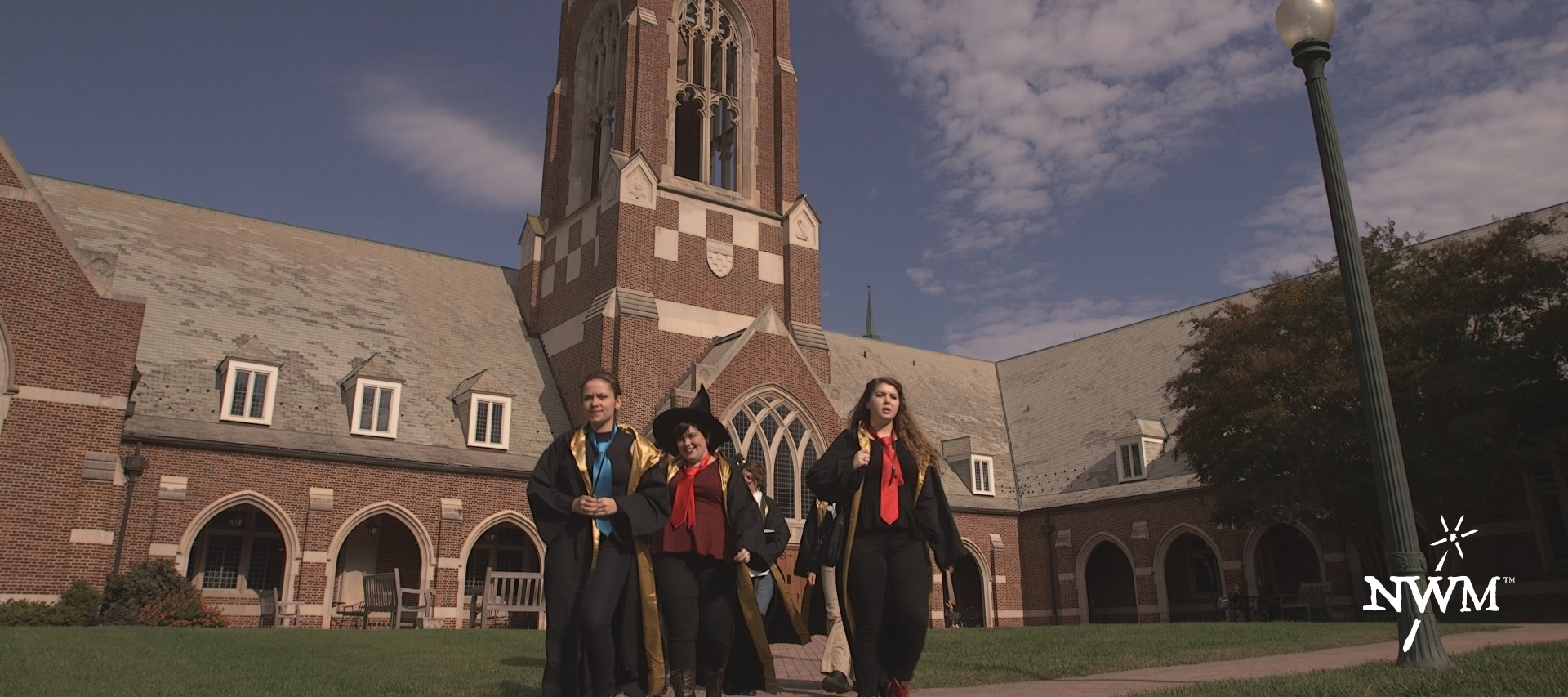Tag: New World Magischola
-

Creating Play in the Magical Classroom: Part 3
in
As discussed in the previous section, a good class will provide players with something useful for the game as a whole: a deeper understanding of their own character, an opportunity to develop the relationships between their characters, knowledge or gossip that is actionable in the game, or a tool or a skill to bring into…
-

Creating Play in the Magical Classroom: Part 2
in
While the professor is the leader of the class, the professor is not putting on a one-person show for the entertainment of the students. The professor is a facilitator who is helping to promote interactivity, participation, collaboration, risk-taking, and play.
-

Creating Play in the Magical Classroom: Part 1
in
Playing a professor is great fun. You have the perfect excuse to play an over-the-top character and the classroom setting offers an entertaining combination of performance, run-time game mastering, and attentive, game-creating play.